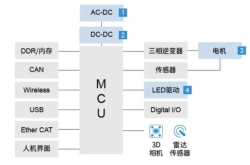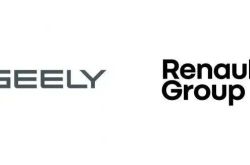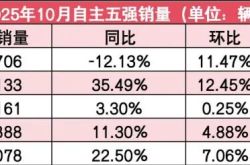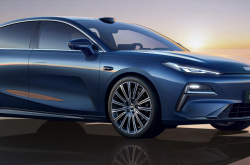Betting on Extended Range: Is It Easy to Copy Li Auto and AITO's Homework?
![]() 07/15 2024
07/15 2024
![]() 655
655
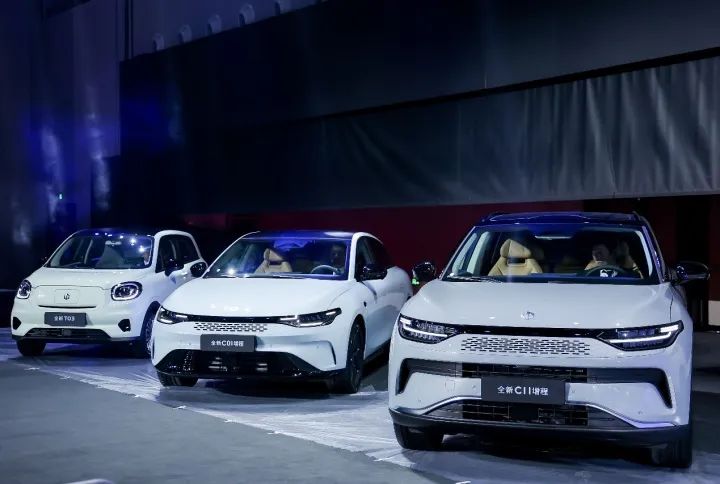
/// Laying out an extended-range strategy is not an all-in bet; it's just one more option.
Edited by: Xiao Ying
Is extended range the key to unlocking car sales?
Relying on extended-range models, Li Auto became the first new energy vehicle (NEV) maker to turn a profit, while AITO pulled SAIC-GM-Wuling, which had been losing money for four years, out of the mire.
The success of Li Auto and AITO seems to have taught the automotive industry a lesson. Among the new energy vehicle makers, besides Li Auto and XPeng, brands such as Nezha, Leapmotor, AVATR, VOYAH, IM Motors, and Xiaomi have nearly all laid out extended-range routes.
Especially Nezha and Leapmotor, not only have they adopted extended-range technology, but they've also equipped their vehicles with fridges, TVs, and large sofas.
But is it easy to copy Li Auto and AITO's success? Can other brands replicate this achievement?
01
"Outdated" Extended Range, Yet Achieving Li Auto and AITO's Success
In the early days of the NEV boom, extended-range powertrains were deemed an unviable path by the industry. Many pioneering models, such as the Chevrolet Volt, BMW i3 Range Extender, and Nissan NOTE e-Power, were fleeting successes in the market. Coupled with criticisms from automotive executives that "extended-range hybrid technology is outdated and a consensus in the industry," extended-range powertrains were not well-received in the market and public opinion.
However, when Li Auto was founded, founder Li Xiang decided to bet on extended-range after market research, and as we know, he won the bet.
At the end of February this year, Li Auto released a financial report that shocked the industry: its total revenue in 2023 exceeded 100 billion yuan, reaching 123.6 billion yuan, with net profit exceeding 10 billion yuan, reaching 11.8 billion yuan, and sales soaring nearly two-fold to 376,000 units.
Every figure from Li Auto surprised and envied its peers. It's important to note that in the cold winter of the automotive market in 2023, 90% of automakers failed to meet their KPIs, with some even tightening their belts and laying off employees to survive the downturn.
AITO, which was born at the end of 2021, chose a dual-power combination of extended-range and pure electric. This brand, spun off from Sokon Group, was not initially favored, but by leveraging Huawei and entering the blue ocean market through extended-range models, AITO's sales quickly soared.
In June this year, AITO's sales reached 42,800 units, ranking second only to Li Auto in the sales chart of new energy vehicle brands.
The surprises brought by AITO go far beyond that. On the evening of July 9, SAIC-GM-Wuling released a performance forecast stating that for the first half of this year, it is expected to achieve a net profit attributable to shareholders of 1.39 billion yuan to 1.7 billion yuan. In the past four years, SAIC-GM-Wuling has been deeply mired in losses, with cumulative losses of approximately 9.835 billion yuan.
The key to SAIC-GM-Wuling turning a profit in the first half of this year lies in AITO: from January to June this year, SAIC-GM-Wuling sold about 200,900 new energy vehicles, of which AITO accounted for 90%, with a total delivery volume reaching 181,200 units.
This is the achievement made by the AITO brand, which has only been on the market for two and a half years.
Extended-range powertrains are not the mainstream in the current NEV market, but brands that have bet on this route have frequently delivered good news. Such high-scoring answers are tempting, and even Xiaomi has started recruiting extended-range system engineers and developing extended-range models, intending to get a share of the extended-range powertrain market.
02
"Half-price" Blockbusters: Leapmotor and Nezha Copy Homework and Join the Game
The success of Li Auto and AITO in extended-range powertrains has prompted many brands to follow suit.
To date, brands such as ARCFOX, AVATR, IM Motors, VOYAH, Nezha, and Leapmotor have all laid out extended-range models. Among them, Nezha and Leapmotor's "learning" results are particularly noteworthy, as they directly target Li Auto and AITO's flagship best-selling models, aiming to capture market share.
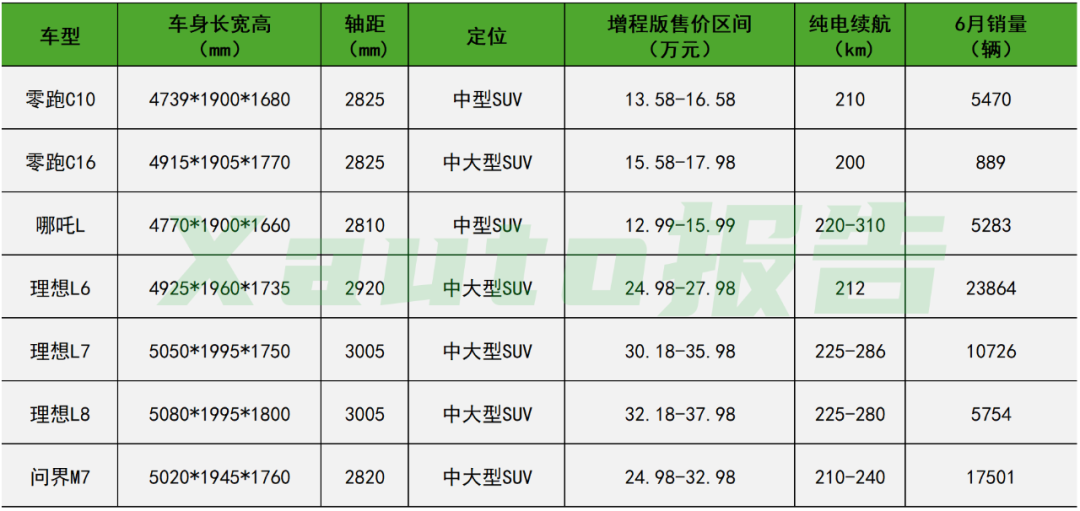
For example, Leapmotor first launched the Leapmotor C10, touted as a "half-price Li Auto L6/L7," in March this year, and then on June 28, it launched the Leapmotor C16, touted as a "half-price Li Auto L8." So, how competitive are these two products?
In terms of wheelbase, the Leapmotor C16 and C10 are exactly the same, but the C16 is nearly 20 centimeters longer in overall length, thus entering the ranks of mid-to-large SUVs.
Compared to competitors like the Li Auto L6/L7 and AITO M7, both the C10 and C16 lack fridges but are equipped with TVs and large sofas. The C16 features a combination of a 14.6-inch center console screen and a 15.6-inch rear ceiling screen, while the C10 has a 10.25-inch floating instrument panel and a 14.6-inch center console screen.
Although they lack fridges, their prices are half that of their competitors, and they are also sincere in terms of intelligence, such as the C16's standard equipment with Qualcomm Snapdragon 8295 chips and Leapmotor OS 4.0 infotainment systems, and full support for L2-level intelligent assisted driving across the lineup.
Nezha L, which adopts a similar strategy, not only lowers its starting price further to just 129,900 yuan, but also equips consumers with TVs, fridges, and large sofas, like Li Auto, offering ample features, high configurations, and affordable prices.
Similar sizes, half the price, soft furnishings when needed, intelligence when desired – this is the answer Leapmotor and Nezha have given when copying Li Auto and AITO's homework.
Are consumers buying it? Official data shows that Nezha L received over 30,000 orders within 35 days of its launch, Leapmotor C10 surpassed 45,000 orders during its pre-sale phase, and Leapmotor C16 received 5,208 firm orders within 48 hours of its launch…
In terms of order conversions, the latest monthly sales of Leapmotor C10 and Nezha L, which were launched in March and April this year, respectively, have both exceeded 5,000 units, and Leapmotor C16 has also achieved a retail sales volume of 889 units in just a few days.
Although these sales figures are still far from those of their target models like the Li Auto L6 and AITO M7, they are impressive achievements for new energy vehicle makers that are relatively weak in brand image, popularity, and sales channels.
In the increasingly intense price war of 2024, Leapmotor and Nezha are acting as "price killers," applying the cost-effective strategy to the niche market of extended-range powertrains, which can be described as steady, accurate, and ruthless.
In the short term, engaging in extended-range development and learning from Li Auto has brought preliminary success to Leapmotor and Nezha, but whether sales growth can be sustained remains to be seen based on subsequent performance.
03
Can Extended Range Really Save the Market?
According to industry forecasts, new energy vehicle sales are expected to reach 11 million units this year, with extended-range models potentially doubling to 1 million units. It can be foreseen that extended-range powertrains will be the fastest-growing new market in the NEV sector in 2024.
Statistics show that there were 14 extended-range models with sales data in the domestic market in 2022, which increased to 22 in 2023, and it is expected that there will be over 30 models on sale in 2024.
Following the trend is a common phenomenon in the automotive industry. In the NEV sector, the two most obvious trends are the following of the high-end pure electric market and the extended-range market.
Following the trend of the high-end pure electric market once gave birth to several mid-to-high-end brands in the NEV market, such as VOYAH, ARCFOX, AVATR, and IM Motors. At present, none of these brands have achieved their initial sales targets.
What will following the trend of the extended-range market bring?
In fact, for most automakers, choosing extended range is not an all-in bet. They mostly launch both pure electric and extended-range versions of their models, providing users with one more option and one more competitive chip.
We can see that despite the impact and challenges from other brands' extended-range models, on the June sales chart, the top three mid-to-large SUVs are still Li Auto L6, AITO M7, and Li Auto L7, while the top two in the large SUV market are controlled by AITO M9 and Li Auto L9.
This shows that in the high-price range, sales are more concentrated, while in the mid-to-low-end market, there are more competitive models, leading to very fragmented sales.
For extended-range models priced in the 100,000-200,000 yuan range, their ability to replace Li Auto and AITO models is not high, as the user groups do not overlap. Their greater significance lies in competing with the fuel vehicle market.
This year, driven by BYD's plug-in hybrid technology, NEVs have launched a general offensive against the fuel vehicle market.
According to data from the China Passenger Car Association, in June 2024, the domestic retail penetration rate of NEVs in China reached 48.4%, an increase of 13.5 percentage points year-on-year. Among them, the penetration rate of independent NEV brands was 72.5%, 29.8% in the luxury car segment, and only 7.4% in mainstream joint venture brands.
The increase in NEV market share is faster than expected, and the layout of more extended-range models will undoubtedly add fuel to the fire for NEVs to break through the 50% new vehicle penetration rate.

